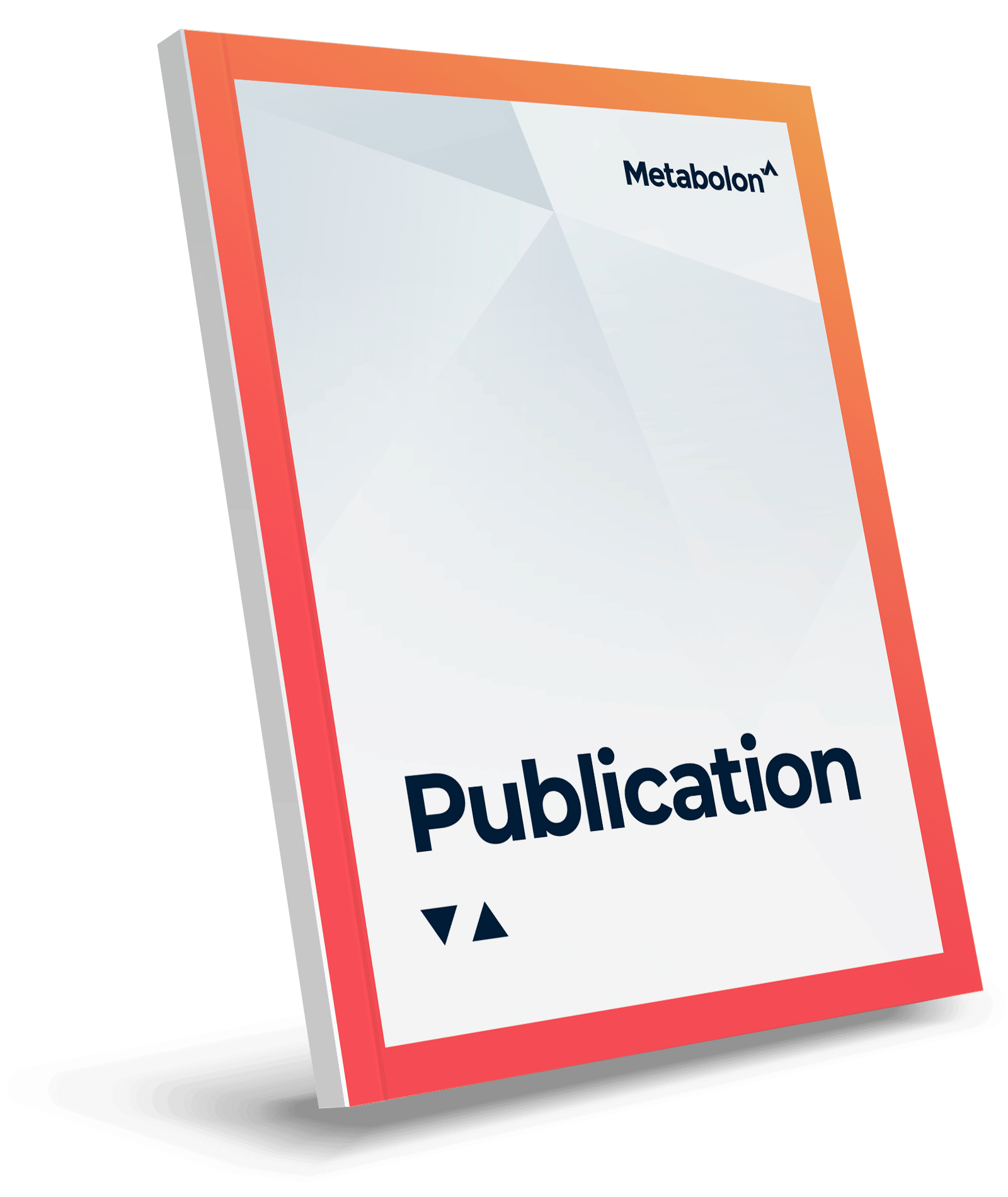A Metabolomics Analysis of Body Mass Index and Postmenopausal Breast Cancer Risk
Author: Moore, SC et al.
Year Published: 2018
Media Outlet: Journal of the National Cancer Institute
Open Access? Yes
Matrix: Plasma and Serum
Biological Themes: Other
Product(s): Global Discovery Panel

Cited in over 3,000 publications, we help scientists and manufacturers gain greater insight into their studies through metabolomics.
Contact Us
Talk with an expert
Request a quote for our services, get more information on sample types and handling procedures, request a letter of support, or submit a question about how metabolomics can advance your research.
Corporate Headquarters
617 Davis Drive, Suite 100
Morrisville, NC 27560
Mailing Address:
P.O. Box 110407
Research Triangle Park, NC 27709
+1 (919) 572-1721

